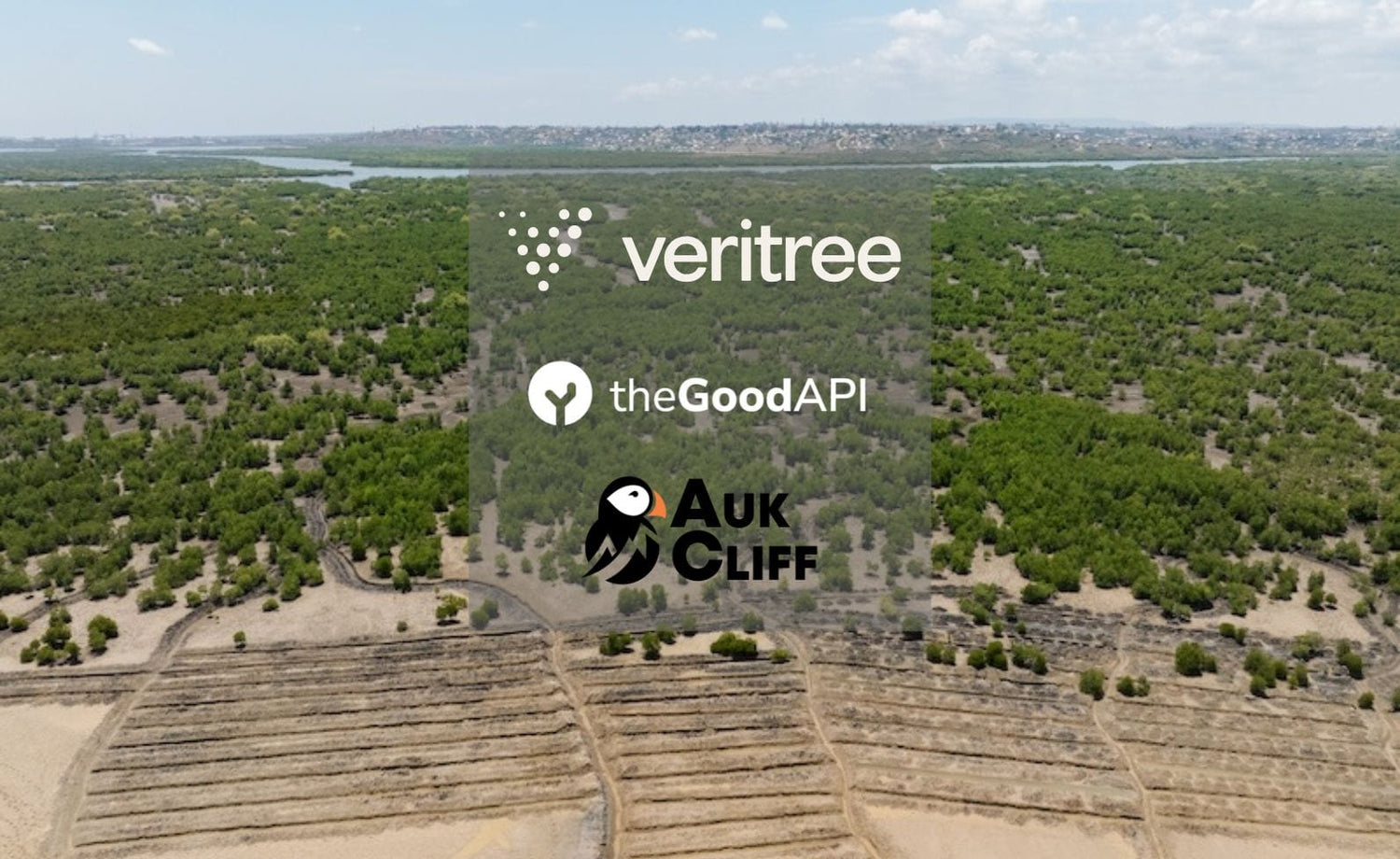
Exploring E-Bike Policies on Public Lands: Navigating the New Frontier of Sustainable Recreation
Share

In recent years, the popularity of electric bicycles—commonly known as e-bikes—has surged, and with it, a growing discussion about their role in outdoor recreation. As people become more health-conscious and environmentally aware, e-bikes offer an exciting alternative for exploring public lands while minimizing our carbon footprint. However, as the landscape of outdoor recreation evolves, so too must the policies that govern it. This blog provides an in-depth look at current e-bike policies on public lands, which is crucial for both enthusiasts and policy-makers alike.
Who This Blog Is For
This blog is tailored for outdoor enthusiasts, environmental advocates, and policy-makers interested in understanding how e-bikes fit into sustainable recreation on public lands. Whether you’re a casual rider, an avid hiker, or someone invested in environmental preservation, this discussion is pertinent to your outdoor experiences and the future of our natural spaces.
The Rise of E-Bikes
E-bikes have transformed how we approach biking, thanks to their pedal-assist technology that makes cycling more accessible for a broader audience. According to a 2022 report by the People for Bikes coalition, e-bike sales have increased by over 145% since the pandemic began. This marks a significant shift in how people view biking—not just as a sport or leisurely activity but as a viable mode of transportation and recreation.
Current E-Bike Policies on Public Lands
E-bike policies vary widely across different public lands, reflecting diverse regional attitudes toward sustainable recreation. Here’s a snapshot of how these policies are evolving:
- National Parks: As of 2023, the National Park Service has allowed e-bikes on paved paths and some designated dirt roads, but regulations differ by park. For instance, Joshua Tree National Park permits e-bikes on most established roads, while Yosemite has more restrictive policies.
- U.S. Forest Service: The U.S. Forest Service has been more lenient, allowing Class 1 e-bikes (pedal-assist only) on most bike trails. They highlight e-bikes' potential as a tool for enhancing access to outdoor experiences.
- State Parks: Policies differ significantly by state. In California, state parks generally allow e-bikes on roads and some multi-use trails. Conversely, several states, like Montana, emphasize that e-bikes are considered motorized vehicles, thus limiting their trail access.
According to the Society of Outdoor Recreation Professionals, the common thread in emerging e-bike policies is the recognition of their potential to enhance recreational access—but this also raises questions about impact on the environment and existing trail systems.
Addressing Environmental Concerns
As e-bikes become more prevalent, legitimate concerns arise regarding their environmental impact. A 2021 study published in the Journal of Transport Geography stated that e-bikes could replace short car trips, potentially reducing greenhouse gas emissions. However, increasing traffic on certain trails could lead to erosion and ecosystem disruption.
Environmental specialists, like Dr. John B. Davis from the University of Colorado Boulder, caution that 'with the increased ease of access that e-bikes provide, we must prioritize responsible riding and trail etiquette. It's essential to balance the benefits of enhanced access with the protection of our natural landscapes.'
Toward a Sustainable Future
The future of e-bike policies hinges on collaboration among stakeholders—enthusiasts, conservationists, park services, and local communities. Here are some steps to navigate this new frontier:
- Advocacy for Sustainable Practices: Encourage responsible use of e-bikes, focusing on trail stewardship and minimizing environmental footprints.
- Engagement in Policy Discussions: Participate in local meetings and forums to voice your opinion on e-bike regulations.
- Educate Fellow Riders: Share knowledge about best practices and the importance of preserving trails.
Conclusion
The journey toward integrating e-bikes into our public land policies represents a thrilling shift in our outdoor recreation experience. As we collectively explore this new avenue, it’s imperative to advocate for sustainable practices and informed policies that protect our environment while granting us the joy of outdoor adventures.
Are you ready to become an e-bike advocate? Whether by sharing this blog or getting involved in local policy discussions, your voice matters in shaping the future of recreation on our cherished public lands. Let’s foster a balanced approach that harmonizes our love for the outdoors with responsible use.
Call to Action: Join the conversation! Share your thoughts on e-bike policies in your area and how they could be improved. Let’s work together to create a sustainable future for all outdoor enthusiasts.






